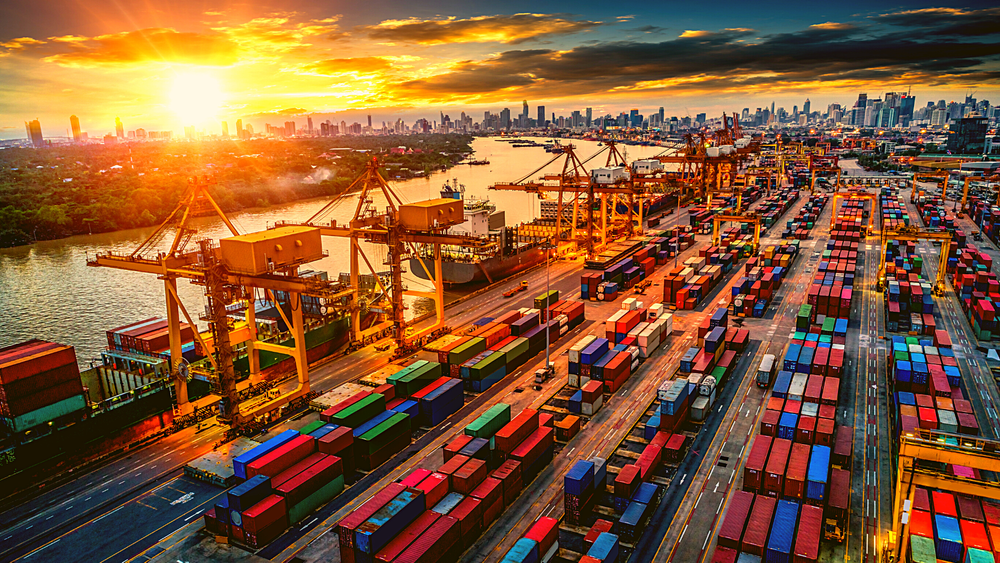From Shipper to Receiver: A Comprehensive Look at Your Freight Journey
Welcome to the world of freight journeys! Shipping a product from one location to another may seem simple, but there are a lot of moving parts involved in ensuring that your goods arrive safely and smoothly. Understanding the entire journey from shipper to receiver is essential to keeping your business on track. The freight journey involves a complex stakeholder lifecycle, including shippers, carriers, customs agents, and receivers. Each plays a crucial role in moving your freight from point A to point B. By understanding the roles of each stakeholder, you can identify potential challenges and streamline the overall process. So, why is it important to dive deeper into the freight journey? The reality is that every shipment faces unique challenges and complexities, from legal regulations to transportation mode selection. By understanding the ins and outs of the freight journey, you can better navigate these challenges and minimize risks. So, let's embark on this exciting investigation into the world of freight journeys! Armed with the right knowledge and understanding, you can enhance your business operations and elevate your freight transportation experience to new heights.
Pre-Carriage: Preparation is Key
Preparation is key when it comes to the pre-carriage stage of the freight journey. Proper packing and labeling ensure that goods arrive at their destination undamaged and in a timely manner. In addition, documentation and legal regulations must be carefully considered to avoid fines and delays. It's easy to overlook the importance of these seemingly mundane tasks but ignoring them can lead to serious consequences. Improperly labeled cargo can get lost or delayed, while incomplete documentation can result in significant financial penalties. So, take the time to make sure everything is in order before your shipment departs. Whether you're packing a product or preparing important paperwork, attention to detail is critical. Trust us, it's better to double-check now rather than deal with the aftermath later.
Carrier and Transportation Mode Selection
When it comes to shipping your goods, choosing the right carrier and transportation mode is crucial. A comparison of transportation modes is important to understand the distinct costs and benefits that come with air, road, rail, and sea freight. For instance, air freight may be more expensive but offers faster delivery times. Road freight may be suitable for shorter distances, while sea freight is ideal for bulky cargo. Choosing the right carrier involves assessing factors such as reputation, reliability, and cost. Word-of-mouth recommendations and online reviews are great sources of information but don't forget to also do due diligence on the carrier's safety record, insurance, and eligibility to transport hazardous materials. Ultimately, you want a carrier that can meet your shipping needs without compromising on quality and security. Remember, the success of your freight journey relies on the decisions you make during the planning stages. Don't rush through the carrier and transportation mode selection process, take the time to weigh the pros and cons of each option. After all, your goods are worth it!
Origin: Where it AOrigin: Where it All Beginsll Begins
When it comes to the freight journey, the origin point is where it all begins. It is critical to ensure warehouse operations are functioning at peak efficiency, with proper loading and unloading protocols in place. Any delays or damage to products at this stage can result in costly setbacks down the line. Therefore, attention to detail and precision are key in getting the freight journey off to a successful start.
In-Transit: The Journey Itself
While your freight is in transit, tracking and monitoring its journey is crucial. With modern technology, it's now easier than ever to receive real-time updates and ensure your cargo arrives on time. However, the journey may not always be smooth sailing. In this section, we also discuss risk management and how to mitigate any potential issues that may arise. Being proactive and prepared for any potential bumps on the road is key to a successful freight journey.
Destination: Reaching Your Goals
After your shipment reaches its destination, it's time for dock operations at the receiving facility. The dock personnel will receive your freight, inspect it for any damage, and verify that the information on the freight bill matches the shipment. Then comes the storage and warehousing. In case your shipment does not take up the entire storage space, it may be consolidated with other shipments. The goods will be kept in storage until your forwarder arranges for them to be picked up for the final delivery. It's important to ensure that the receiving dock operates efficiently to avoid any unnecessary delays.
Final Delivery: Receiving Your Goods
Receiving Your Goods Finally, your goods have arrived! The last-mile delivery is critical for ensuring your freight journey is complete, and the goods reach their intended destination. It’s the final stretch, and inspections and verifications must be done to ensure there are no damages or defects. Make sure to have personnel present during the inspection to verify that the goods match the order and are in good condition. This will avoid any disputes or discrepancies that may arise. Ensure that your logistics provider provides concrete proof of delivery and handles the last-mile delivery accurately. While the last-mile delivery may seem insignificant, it’s essential and must be handled with care.
The cornerstone of a prosperous freight journey lies in effective collaboration. As your shipment arrives at its destination, it becomes imperative to ready yourself for the next journey and persist in cultivating strong partnerships with all stakeholders involved.

